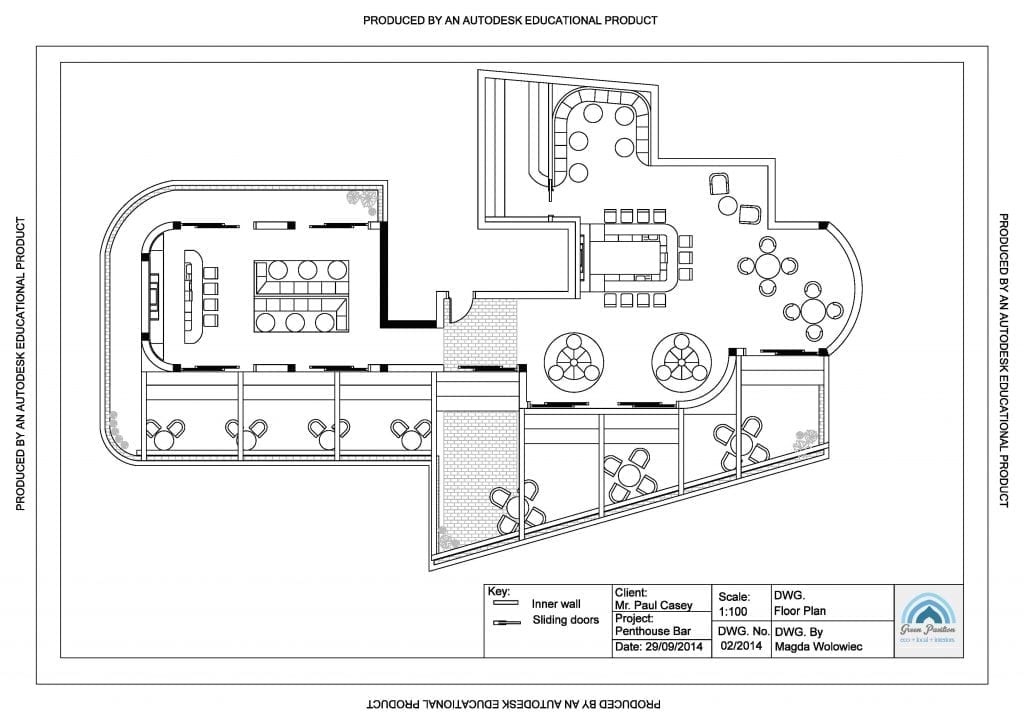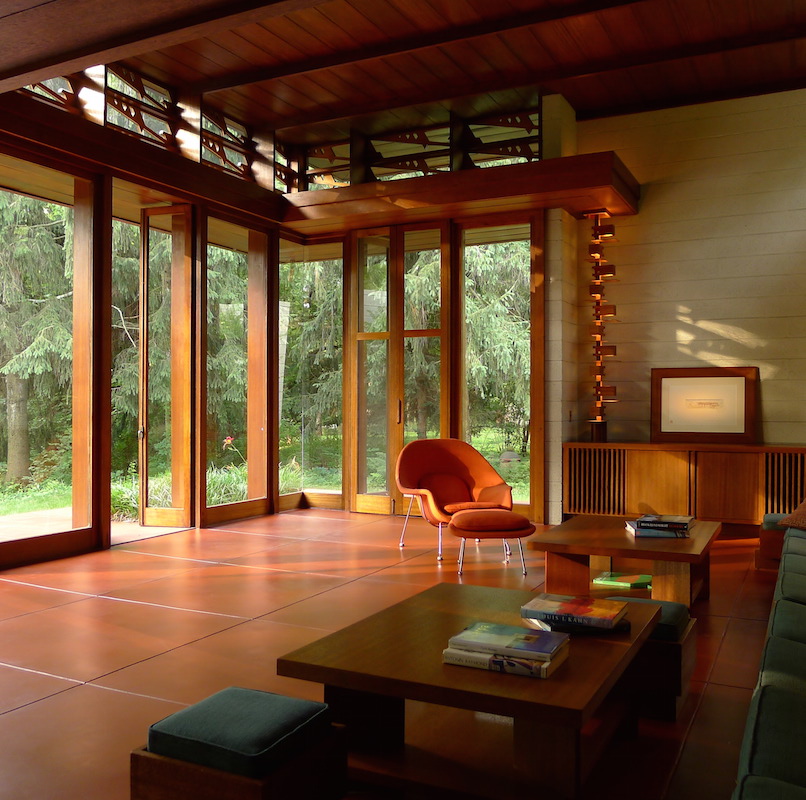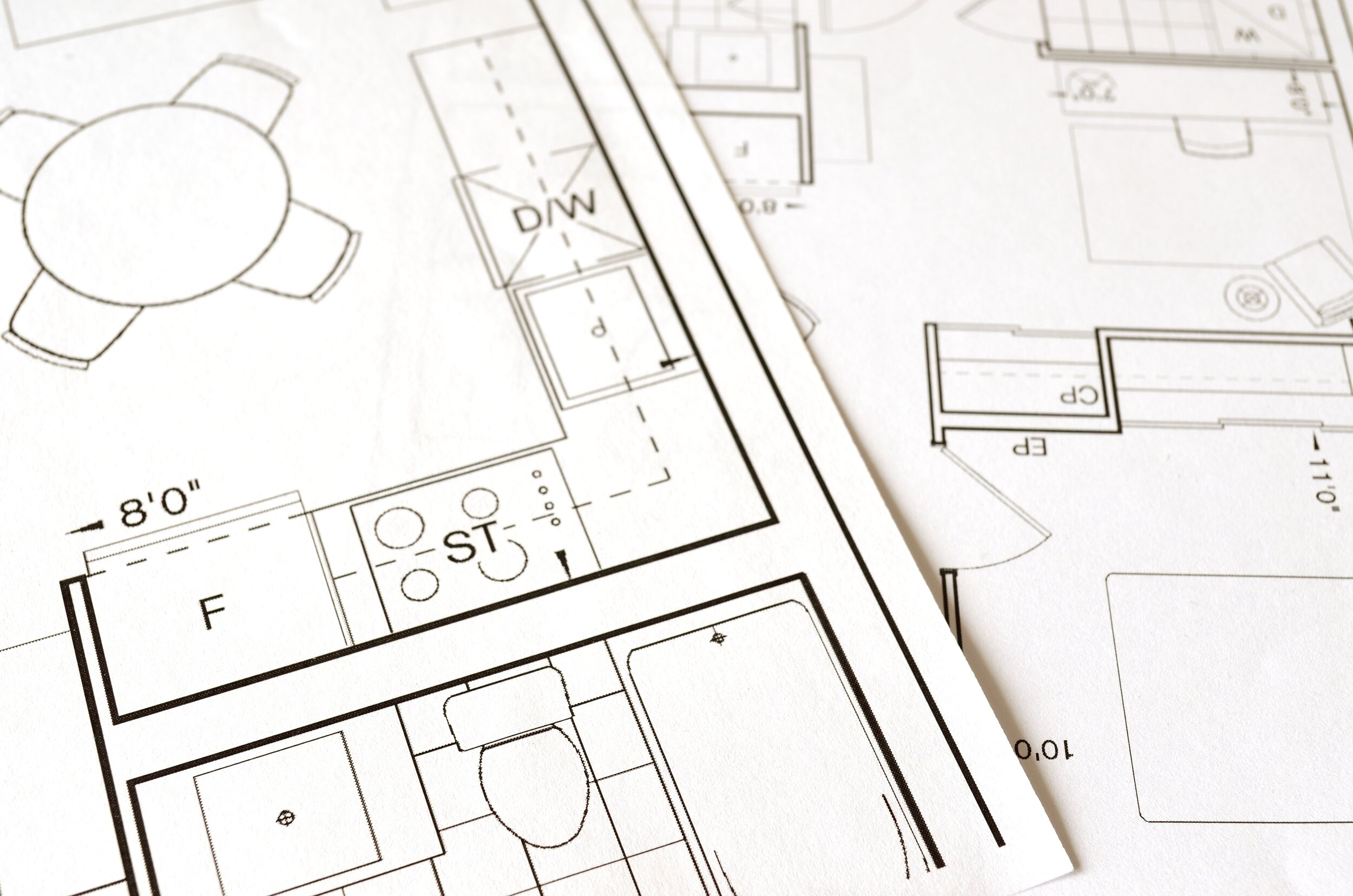Explore Expert Architects in Hampshire for Your Next Project
Explore Expert Architects in Hampshire for Your Next Project
Blog Article
The Art of Balance: How Interior Design and Home Engineer Collaborate for Stunning Results
In the world of home layout, striking a balance in between appearances and functionality is no little feat. This delicate stability is achieved through the unified collaboration in between indoor designers and engineers, each bringing their one-of-a-kind knowledge to the table. The result? Spaces that are not just visually magnificent but additionally very livable. Nonetheless, this best blend is not always easy to acquire. Stick with us as we check out the ins and outs of this collaborative procedure and its transformative impact on home style.
Comprehending the Core Distinctions In Between Interior Decoration and Home Architecture
While both Interior Design and home architecture play crucial roles in producing cosmetically pleasing and functional rooms, they are inherently various self-controls. Home architecture primarily concentrates on the structural aspects of the home, such as building codes, security policies, and the physical construction of the room. It deals with the 'bones' of the structure, collaborating with spatial measurements, bearing walls, and roofing styles. On the other hand, Interior Design is much more concerned with boosting the sensory and aesthetic experience within that structure. It involves choose and arranging furnishings, choosing color design, and integrating attractive components. While they operate in tandem, their duties, responsibilities, and areas of experience split considerably in the production of a harmonious home atmosphere.
The Synergy Between Home Architecture and Interior Design
The harmony between home design and Interior Design hinges on a shared vision of design and the improvement of practical looks. When these 2 areas align harmoniously, they can change a living area from average to phenomenal. This collaboration needs a deeper understanding of each technique's principles and the ability to develop a cohesive, aesthetically pleasing atmosphere.
Unifying Design Vision
Linking the vision for home design and Interior Design can produce an unified living room that is both functional and cosmetically pleasing. The equilibrium starts with an integrated frame of mind; designers and indoor developers work together, each bringing their expertise. This unison of concepts forms the style vision, a blueprint that overviews the task. This shared vision is crucial for uniformity throughout the home, guaranteeing a liquid shift from exterior design to interior spaces. It promotes a collaborating method where building components enhance Interior Design components and the other way around. The outcome is a natural space that mirrors the home owner's character, taste, and way of living. Hence, unifying the layout vision is vital in mixing design and Interior Design for magnificent outcomes.
Enhancing Functional Aesthetic Appeals
Just how does the harmony in between home architecture and indoor style enhance practical aesthetics? Engineers lay the foundation with their structural design, guaranteeing that the space is effective and practical. A designer might create a home with big home windows and high ceilings.
Relevance of Cooperation in Creating Balanced Spaces
The collaboration between indoor developers and architects is pivotal in developing well balanced areas. It brings consistency in between design and design, bring to life spaces that are not just visually pleasing yet likewise functional. Discovering successful collective methods can supply insights right into just how this synergy can be efficiently achieved.
Integrating Layout and Design
Balance, a vital facet of both Interior Design and architecture, can just genuinely be attained when these 2 fields work in consistency. This harmony is not simply a visual consideration; it influences the functionality, sturdiness, and ultimately, the livability of a room. Inside developers and architects have anonymous to recognize each various other's roles, respect their competence, and connect effectively. They have to consider the interaction of architectural aspects with decoration, the circulation of rooms, and the impact of light and color. This joint process causes a natural, balanced design where every aspect has an objective and contributes to the general aesthetic. Balancing style and style is not simply regarding developing gorgeous rooms, but concerning crafting rooms that work flawlessly for their residents.
Successful Joint Techniques

Instance Researches: Effective Combination of Layout and Architecture
Analyzing several case research studies, it emerges exactly how the effective integration of Interior Design and architecture can transform an area. The Glass Home in Connecticut, renowned for its minimalistic beauty, is one such example. Engineer Philip Johnson and interior developer Mies van der Rohe teamed up to create a harmonious equilibrium in between the inside and the structure, resulting in a seamless circulation from the outside landscape to the inner living quarters. Another prototype is the Fallingwater Residence in Pennsylvania. Designer Frank Lloyd Wright and interior designer Edgar Kaufmann Jr.'s collective efforts result in a stunningly unique house that mixes with its natural environments. These case studies highlight the extensive impact of a successful design and style cooperation.

Getting Rid Of Obstacles in Style and Architecture Partnership
In spite of the undeniable advantages of a successful collaboration between indoor layout and design, it is not without its difficulties. Engineers might prioritize structural integrity and security, while designers focus on comfort and style. Effective interaction, shared understanding, and compromise are important to get over these challenges and achieve a harmonious and effective collaboration.

Future Patterns: The Advancing Relationship Between Home Architects and Inside Designers
As the world of home style continues to evolve, so does the connection between designers and indoor designers. The pattern leans towards a more incorporated and collaborative method, damaging free from traditional functions. Designers are no more only concentrated on architectural stability, however additionally engage in boosting aesthetic appeal - Winchester architect. Conversely, indoor designers are embracing technological aspects, influencing overall design and performance. This advancing symbiosis is driven by advancements in innovation and the expanding demand for spaces that are not only visually pleasing yet likewise practical and lasting. The future guarantees a more cohesive, cutting-edge, and adaptive method to home design, as engineers and developers continue to obscure the lines, promoting a connection that genuinely embodies the art of balance.
Conclusion
The great post to read art of equilibrium in home layout is accomplished through the harmonious cooperation between indoor designers and designers. An understanding of each other's disciplines, reliable communication, why not try here and shared vision are vital in producing aesthetically stunning, useful, and inviting spaces. Regardless of difficulties, this partnership fosters growth and development in design. As the connection in between home engineers and interior designers evolves, it will certainly remain to form future patterns, enhancing convenience, effectiveness, and individual expression in our home.
While both indoor design and home design play vital functions in developing visually pleasing and practical areas, they are naturally different disciplines.The harmony in between home architecture and indoor layout lies in a common vision of design and the improvement of useful aesthetic appeals.Linking the vision for home style and interior layout can create an unified living area that is both useful and cosmetically pleasing. Thus, unifying the design vision is critical in mixing style and indoor layout for magnificent outcomes.
Just how does the harmony in between home design and interior layout improve functional appearances? (Winchester architect)
Report this page